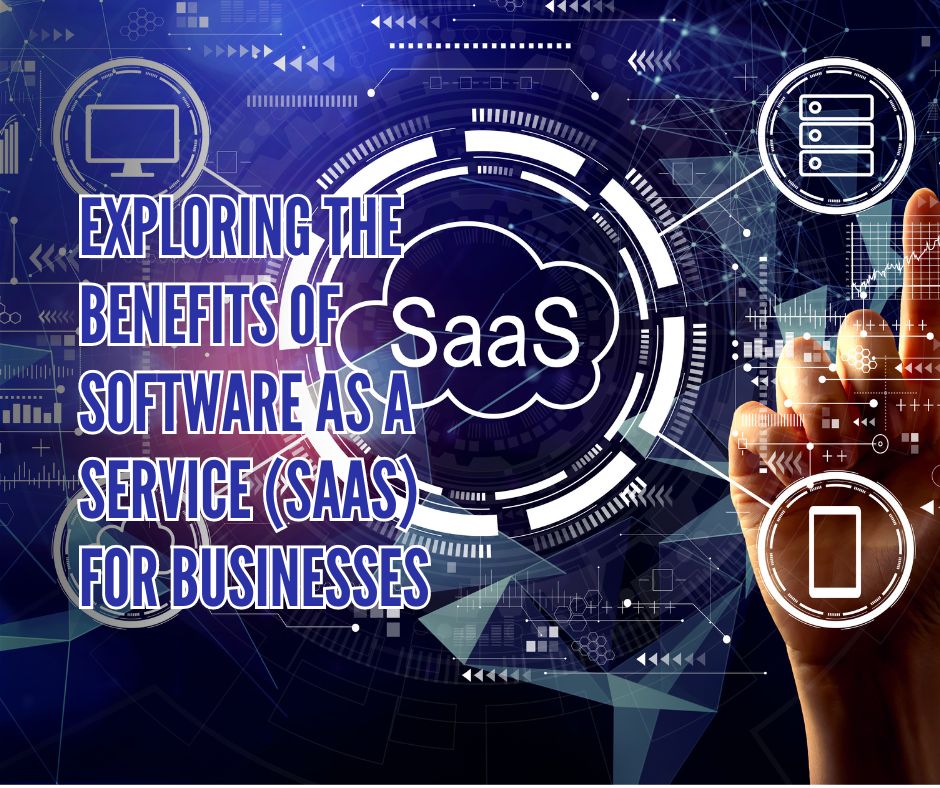
In today’s dynamic and fast-paced business environment, companies are constantly seeking innovative ways to enhance efficiency, reduce costs, and stay competitive. One of the most significant technological advancements driving this transformation is Software as a Service (SaaS). SaaS has revolutionized how businesses access and utilize software, offering a cloud-based delivery model that provides numerous advantages over traditional on-premises solutions. In this article, we’ll explore how SaaS solutions offer flexibility, cost savings, and scalability to businesses of all sizes.
One of the most compelling benefits of SaaS is its inherent flexibility. SaaS applications are hosted in the cloud, allowing users to access them from any device with an internet connection. This means employees can work from virtually anywhere—whether they are in the office, at home, or on the go. This flexibility is particularly valuable in today’s increasingly remote and hybrid work environments, where the ability to access critical business applications from any location is essential for maintaining productivity and collaboration.
SaaS solutions are typically designed with user-friendly interfaces that are mobile-responsive, enabling employees to perform tasks on smartphones or tablets as easily as on a desktop computer. This level of accessibility ensures that businesses can continue to operate smoothly, regardless of their employees’ locations, fostering a more adaptable and resilient workforce.
SaaS offers significant cost savings, making it an attractive option for businesses looking to manage their budgets effectively. Traditional software often requires a substantial upfront investment in hardware, software licenses, and IT infrastructure. Moreover, ongoing costs such as maintenance, updates, and support can quickly add up, placing a strain on financial resources.
In contrast, SaaS operates on a subscription-based model, allowing businesses to pay for software on a monthly or annual basis. This eliminates the need for large upfront capital expenditures and spreads costs over time, making it easier for businesses to manage their cash flow. Additionally, SaaS providers handle all software maintenance, updates, and security patches, ensuring that businesses are always using the latest, most secure versions without incurring additional expenses.
By shifting the financial burden of software management to the SaaS provider, businesses can reduce their IT overhead and redirect resources toward more strategic initiatives that drive growth.
Scalability is another key advantage of SaaS solutions, particularly for growing businesses. As a company expands, its software needs may change rapidly. Traditional software solutions often require businesses to purchase additional licenses, upgrade hardware, or even invest in entirely new systems to accommodate growth—an approach that can be both time-consuming and costly.
SaaS, however, is designed to scale effortlessly. Businesses can easily add or remove users, upgrade to more advanced features, or increase storage capacity as needed, all without requiring significant infrastructure changes. This scalability allows businesses to align their software usage with their growth trajectory, ensuring they only pay for what they need when they need it.
Moreover, SaaS providers often offer various service tiers, allowing businesses to start with a basic package and upgrade as their needs evolve. This flexibility ensures that companies of all sizes—from startups to large enterprises—can find a SaaS solution that meets their specific needs and budget.
Software as a Service (SaaS) offers businesses unparalleled flexibility, cost savings, and scalability, making it an essential tool for staying competitive in today’s rapidly evolving market. By adopting SaaS, businesses can enhance their operations, reduce overhead costs, and scale their IT infrastructure seamlessly as they grow. Whether you’re a small business looking to streamline your operations or a large enterprise seeking to optimize your IT investments, SaaS provides a versatile and cost-effective solution that can adapt to your unique business needs.